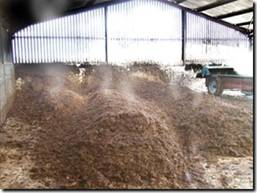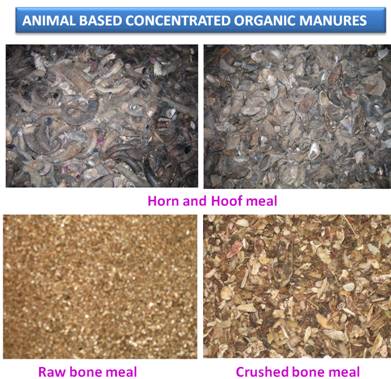When Buying:
 This
plant usually grows slowly inside a house–purchase a large, more mature
one if possible. If a young one is your only option, you can still use
it for first aid treatments but know it will take a few years to get
large.
This
plant usually grows slowly inside a house–purchase a large, more mature
one if possible. If a young one is your only option, you can still use
it for first aid treatments but know it will take a few years to get
large.
 This
plant usually grows slowly inside a house–purchase a large, more mature
one if possible. If a young one is your only option, you can still use
it for first aid treatments but know it will take a few years to get
large.
This
plant usually grows slowly inside a house–purchase a large, more mature
one if possible. If a young one is your only option, you can still use
it for first aid treatments but know it will take a few years to get
large.
Young aloe is
potent enough to use for first aid treatments, but the more mature one
offers a stronger potency, strength does increase with age.
General Care:
- It can be grown indoors or outdoors, but will turn brown in harsh sunlight so choose a location in indirect light.
- Will freeze, make sure to protect it during frost dangers. Not suitable for wintering over in cold weather zones.
- Will thrive outside better than inside, but definitely makes a good indoor houseplant.
- Use well-drained sandy potting soil, a good quality commercial mix with extra perlite, granite grit, or coarse sand are added is recommended. Cacti and succulent mixes may also be used. Source: Wikipedia.
Watering:
- This is a succulent, don’t overwater.
- Allow the soil to become fairly dry before watering. Lightly water during winter months since the drying out will be slower.
- If potting, make sure there is a drainage hole so the water can drain easily.
Repotting:
- When it is rootbound, it will be top heavy and will send out more new shoots or pups, repot.
- Remove new shoots when they are 3 to 4 inches high and replant in their own pots. If you don’t, they will suck life from the mother plant. Signs of this happening: The mother will get bright green and spread its leaves horizontally rather than vertically.
- Water the pups well when repotting then don’t water again for about 3 weeks, forcing the new roots to get strong and seek water. They may turn grey or brown initially, this is normal. These make great gifts so give freely!
Symptoms Of Poor Care:
- Leaves lie flat instead of upright: usually because of insufficient light.
- Leaves are thin and curled: it’s not being watered enough and is using up its own liquid.
- Leaves are brown: too much direct sunlight.
- Very slow growth: High alkaline soil or water; too damp for too long; not enough light; too much fertilizer.
Removing Leaves:
Harvest leaves
as you need, the wound is quickly sealed and healed. The leaf will not
grow back, choose those closest to the ground as they are the most
mature and most potent.
How To Cut A Leaf:
- Cut away with a sharp knife.
- Trim the thorny edges from the severed leaf, then slice across its width. The inner transparent, gooey gel is ready to be applied directly to the afflicted area. Use generously, it will be absorbed by the skin within several minutes.
- After the gel from the first layer of ruptured cells has run dry, scratch the surface with a clean knife to rupture more cells, releasing more juice. This can be continued until there is nothing but green skin left.
How Long Will A Cut Leaf Last:
- Wrap partially used leaves in foil or plastic wrap and refrigerate, it will last for days.
To Consume:
- The colorless pulp is tasteless, but first rinse off the bitter yellow sap. Peel the green skin from the pulp, then rinse off the sap with cool water.
Source – More complete notes & tips can be found in the booklet:
The Ancient Egyptian Medicine Plant Aloe Vera Hand Book
Author: Max B. Skousen
Aloe Vera Research Institute (1982)




























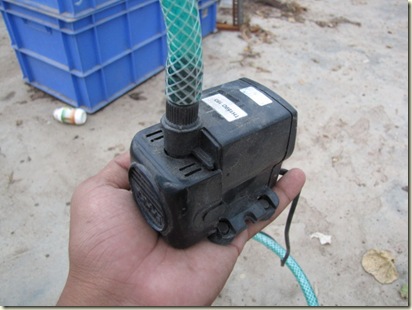

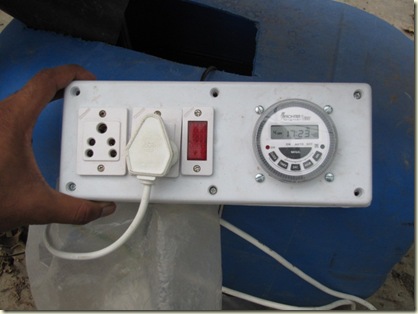


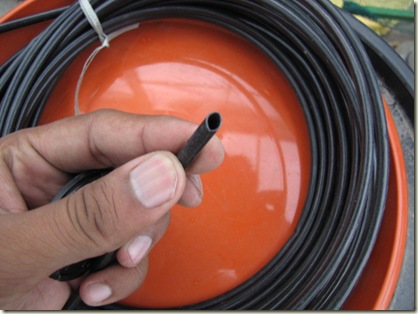
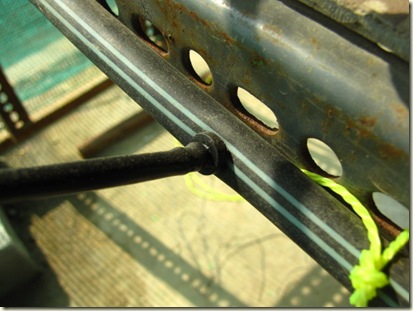





 Rudramuni
is a relieved man. Over the past two years, he hasn’t had to wait in a
long queue to buy fertiliser. He allows the farm to shape up on its own,
a lesson learnt from his fellow farmer Nandish of Churchigundi village
in Shikaripura taluk. They have lowered pesticide input by 70 per cent
over the last couple of years, according to records maintained by
Nandish. Nandish’s agriculture is anchored on five basic principles -
maintain live soil, allow appropriate sunlight and good aeration, then
focus on water and food.
Rudramuni
is a relieved man. Over the past two years, he hasn’t had to wait in a
long queue to buy fertiliser. He allows the farm to shape up on its own,
a lesson learnt from his fellow farmer Nandish of Churchigundi village
in Shikaripura taluk. They have lowered pesticide input by 70 per cent
over the last couple of years, according to records maintained by
Nandish. Nandish’s agriculture is anchored on five basic principles -
maintain live soil, allow appropriate sunlight and good aeration, then
focus on water and food. 

